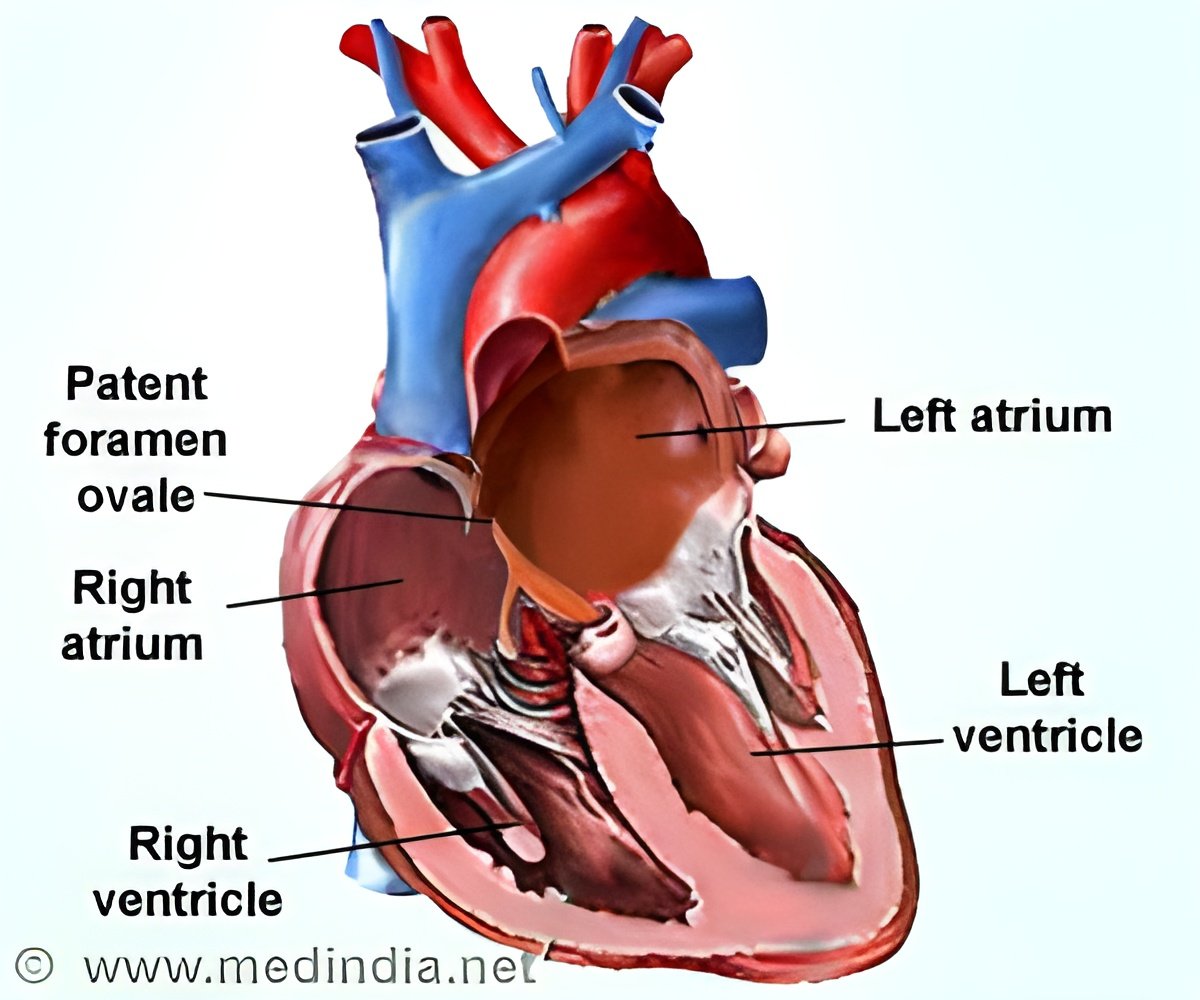
It also may enable untethered, more realistic monitoring of laboratory animals in scientific research as well as ecological research on wild or endangered animal populations.
"Heart and respiratory rates obviously tell us a lot about how an individual is doing," said Dr. Joe Tsien, neuroscientist at the Medical College of Georgia at Georgia Regents University. "Normally, caregivers have to put their hands on a patient to assess these rates. However our algorithms enable us to rapidly and accurately translate, for example, normally imperceptible movement of the skin in rhythm with our breathing into an accurate measure of respiration rate."
Scientists at MCG and China's BanNa Biomedical Research Institute already are working to see if the approach can also accurately measure blood pressure.
Tsien, who studies memory, said the algorithms were developed to decipher reams of information generated by his brain-decoding project, which is identifying brain activity patterns that occur, for example, when a mouse forms a memory. In that case, the formulas help him understand what the brain is saying; in this case, they help interpret how the body is doing.
To measure heart rate, this approach takes advantage of the fact that the blood vessels expand and contract with each heartbeat: more blood in the vessels means more camera light is absorbed rather than reflected. Breathing causes a slight body movement that produces varying lengths of reflected light off the moving surface. In fact, Tsien notes, the two rates are closely tied and respiration rate can also be calculated based on heart rate, using his algorithms as well as other methods.
Advertisement
"It lets us pull out only the faint but relevant signal that may be buried under ambient distractions," Tsien said.
Advertisement
Measurements were taken multiple times on 15 human subjects, including seven males, eight females and one infant, who were a mix of Caucasians, Asians and blacks. To assess accuracy, heart and respiratory rates were concurrently measured using standard approaches such as an electrocardiogram for the heart and airflow captured by a sensor under the nose while subjects were active and stationary. Similar studies were performed on mice, pigs and zebrafish.
To further assess accuracy, scientists also used the approach on still images such as photographs of humans, a Simpson cartoon character and the Mona Lisa painting. Their system correctly identified all as inanimate objects. They also applied the technique to television footage of celebrities such as Michael Phelps and President Bill Clinton, and were able to detect varying heart and respiration rates in calm, happy and stressful situations.
Although the researchers used a single-channel camera – which produces images from a single light source – their algorithm can work with any video camera as well as other sensors, such as radio frequency waves, Tsien said. However, the researchers note that a previous attempt by others using a multi-channel camera for remote monitoring did not accurately measure parameters at night and generated significantly more false positives.
Tsien is the Georgia Research Alliance Eminent Scholar in Cognitive and Systems Neurobiology. GRU Postdoctoral Fellow Fang Zhao is the study's first author. GRU has patented the monitoring technique.
Source-Eurekalert










